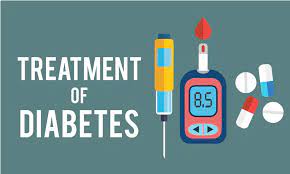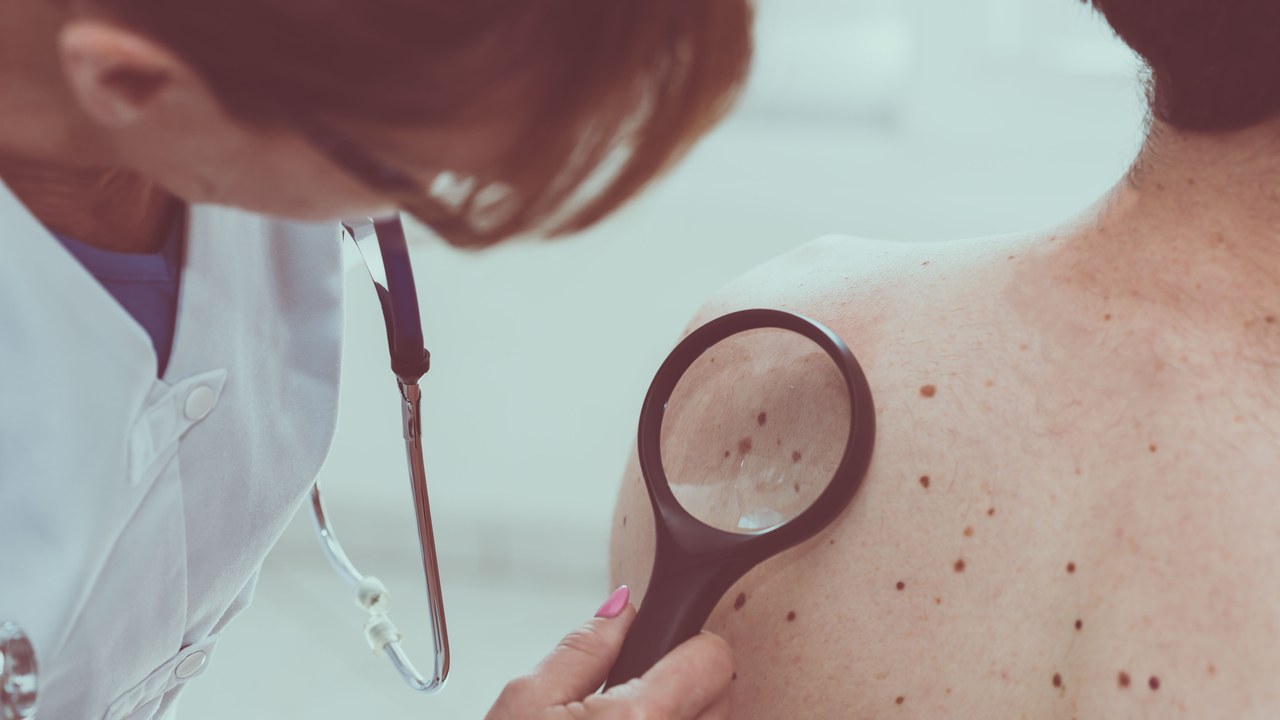Diabetes is a lifelong condition that weakens the body’s capability to process blood glucose. It causes the blood sugar level to become too high.
Treatment of diabetes
Doctors treat diabetes depending on the type of diabetes and how well your blood sugar level is controlled and your other prevailing health conditions. Medications required for diabetes may be taken either by mouths or injections.
Type 1 diabetes
In type 1 diabetes, your pancreas no more produces insulin. If you are diagnosed with this type, doctor will recommend you taking insulin every day. Insulin supersedes the hormone your body isn’t able to produce.
Consequently, four types of insulin are used commonly. They’re characterized by how fast they begin their treatments, and how long their outcomes last:
- Quickly-acting insulin begins its reaction within 15 minutes and its outcomes usually last for 3 to 4 hours.
- Short-acting insulin begins its reaction within 30 minutes and remains for 6 to 8 hours.
- Moderate-acting insulin starts working within 1 to 2 hours and last for 12 to 18 hours.
- Long-acting insulin starts to work a few hours after injection and lasts 24 hours or longer sometimes.
Type 2 diabetes
If you have been dealing with type 2 diabetes, your treatments may include insulin, lifestyle changes, and proper medications (either if you are diagnosed with diabetes and or at risk to develop it). Exercise (at least five days a week for 30 minutes) and diet may prove helpful to manage type 2 diabetes completely. If changes in your lifestyle, like making healthy food choices, losing weight, and being more physically active aren’t lowering your blood glucose level, you must take regular medicines. Some of them include:
- Sulfonylureas- Restore your pancreas to produce more insulin. Examples include glyburide (DiaBeta, Glynase), glipizide (Glucotrol), and glimepiride (Amaryl)
- Biguanides-Lower the amount of glucose your liver makes, such as metformin (Glucophage)
- DPP-4 inhibitors- Execute your blood glucose without making it level too low, i.e; Linagliptin (Tradjenta), saxagliptin (Onglyza), and sitagliptin (Januvia).
- Meglitinides- Nateglinide (Starlix) and repaglinide (Prandin) trigger your pancreas to produce more insulin.
- SGLT2 inhibitor- Produces more glucose into the urine, such as dapagliflozin (Farxiga) and Canagliflozin (Invokana).
- Alpha-glucosidase inhibitors- Minimize the metabolism of sugars and starchy foods in your body, this kind of drug may include acarbose (Precose) and miglitol (Glyset)
- Glucagon-like peptides-Alter the way your body releases insulin. Examples include Dulaglutide (Trulicity), exenatide (Byetta), and liraglutide (Victoza)
- Thiazolidinediones- Enhance the working of insulin in a better way, such as pioglitazone (Actos) and rosiglitazone (Avandia)
You’ll also take insulin if you have type 2 diabetes or maybe you need to take more than one of the above drugs.
Prediabetes
Stop progressing your prediabetes, if you’ve been diagnosed with the disease. Many of its treatment strategies are the same as those mentioned in above section. But you should adjust the permeable complication causes, like exercise and losing weight by eating a healthy diet (like the Mediterranean diet).
Gestational diabetes
During pregnancy, you should need to check your blood glucose level multiple times a day. If it’s not moderate, a few lifestyle changes and exercise may or may not be enough to bring it normal.
According to expert researches, approximately 10 to 20 percent of pregnant women with gestational diabetes require insulin to bring down their blood glucose level as Insulin is beneficial for the growing baby.
What oral medications are recommended to treat diabetes?
A brief review of the main oral medications, approved by expert healthcare team, is described below:
1. SGLT2 inhibitors
Also known as sodium-glucose cotransporter 2 inhibitors, they act on your kidneys to excrete glucose from your body through your urinary bladder i.e.; urine. Its common examples may include canagliflozin (Invokana), empagliflozin (Jardiance), and dapagliflozin (Farxiga).
2. GLP-1 analogs
These drugs are also called as incretin mimetics or glucagon-like peptide-1 receptor agonists. They improve the production of insulin, lowering glucose to produce from the liver after eating meals and delay food unpacking from the stomach, such as semaglutide (Rybelsus), albiglutide (Tanzeum), exenatide (Byetta), liraglutide (Victoza), and dulaglutide (Trulicity).
3. Sulfonylureas
These types of drugs help lowering the blood glucose level by allowing the pancreas to produce more insulin. Some of the examples include glimepiride (Amaryl), glyburide (Micronase, DiaBeta), and glipizide (Glucotrol).
4. Biguanides
These drugs reduce the production of glucose in liver. They also facilitate the working of insulin in the body and brings down the breakage of carbohydrates into sugar. Example is metformin (Glucophage).
5. DPP-4 inhibitors
These drugs, also known as dipeptidyl peptidase-4 inhibitors, facilitate your pancreas produce more insulin after taking meals. They also control the amount of sugar (glucose) produces by the liver. Examples are alogliptin (Nesina), saxagliptin (Onglyza), sitagliptin (Januvia), and linagliptin (Tradjenta).
6. Alpha-glucosidase inhibitors
They reduce glucose level of blood by delaying the conversion of carbohydrates. They help lowering the absorption of carbohydrates (glucose) in small intestine. The example includes acarbose (Precose).
7. Bile acid sequestrants
They reduce the blood glucose and cholesterol levels of your body. For example, colestipol (Colestid), cholestyramine (Questran) and colesevelam (Welchol).
8. Dopamine agonist
This drug minimizes the glucose concentration released by the liver. Bromocriptine (Cyclocet) is an example.
9. Glinides
Glinides, also called as meglitinides, reduce blood sugar by stimulating the pancreas to produce more insulin such as repaglinide (Prandin) and nateglinide (Starlix).
10. Thiazolidinediones
These drugs stimulate the working of insulin in the body allowing more glucose to enter into fat, muscles, and the liver. Pioglitazone (Actos) and rosiglitazone (Avandia) are the best examples.
How insulin and oral medications work to treat your diabetes?
Oral medications and insulin function in the following ways to treat your diabetes:
- Restore your pancreas to produce and release more insulin.
- Lower the production of sugar from your liver (additional sugar is put down in your liver).
- Do not allow the conversions of glucose in your stomach and small intestine (because your tissues are more susceptible to insulin).
- Remove extra glucose from your body through increased urination.
Exercise and diet tips to treat diabetes
When a doctor diagnoses you with diabetes (of any type), he recommends you making a few lifestyle changes to subsidize weight management and overall health. Your doctor may recommend you to a nutritionist helping you living with diabetes to have an active and balanced lifestyle. This will prove great managing your diabetic or prediabetic condition.
Healthy lifestyle is one the most contributing factors to cope with diabetes. Following are some steps you can take to stay healthy with diabetes;
- Take a diet rich in fresh, beneficial, and nutritious foods, such as lean proteins, whole grains, fruits, vegetables, low-fat dairy, and healthy fat sources, like almond and nuts.
- Eat foods that lower blood glucose level and do not contain high sugars. Such foods provide you with a lot of empty calories or calories that do not have other nutritional benefits, like fried foods, sweetened sodas, and high-sugar desserts.
- Especially if you have type 2 diabetes, take steps to reduce your body mass index (BMI) if needed. This can help you manage the conditions without medication.
- Exercise at least 30 minutes per day at least 5 days in a week, like walking, gliding, aerobics, riding a bike, or swimming.
- Avoid drinking excessive amounts of soft drinks and alcohol. Keep your intake no more than two drinks a day for males and one drink a day for females.
- Recognize the signs when your blood sugar level drops during exercise. You may feel weakness, fatigue, excessive sweating, dizziness, confusion, and distress.





















